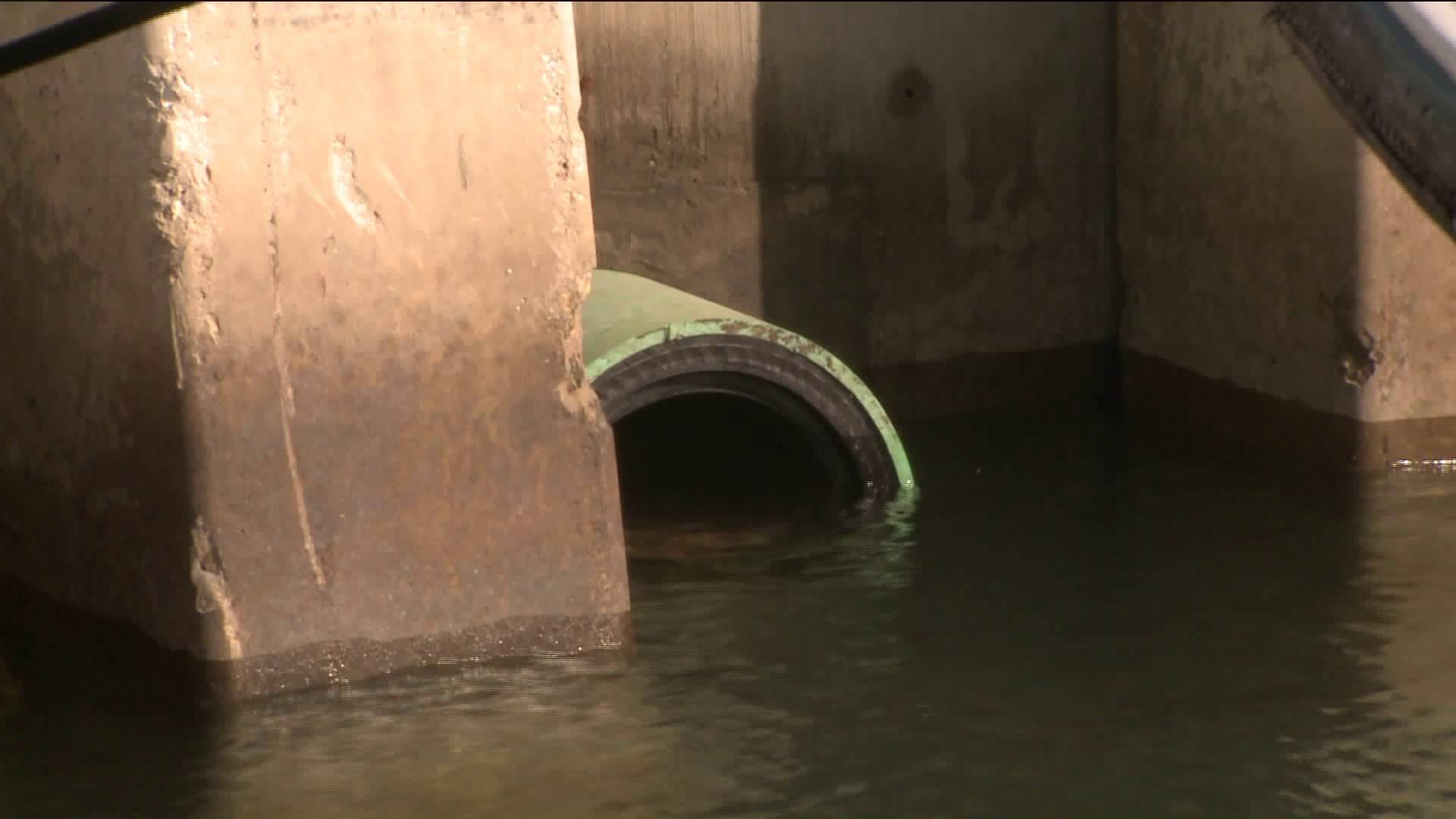Miami, Florida, is known for its beautiful beaches, beautiful people, a relaxed lifestyle, and turquoise water. But what should be done when that water, the very commodity that helps make it a gorgeous city, starts becoming a problem?
One of the byproducts of climate change is the rising tide. In Miami, the sea has risen by 6-8 inches in the last century, with about four inches of rising since 1992 alone.
This new normal means that coastal cities must react to mitigate the problem.
South Florida is so close to sea level that if they can even raise the elevation slightly, it's beneficial. The "King Tide" occurs every few months when the moon's gravitational pull is strongest, and it has led to seawater spilling into the streets on a quiet, sunny day.
In a city that is known for raising the roof, Miami has decided to raise the ground.
Miami Beach has an average elevation of about 4 feet, with portions of the island barely topping 2 feet above the water.
The Sunset Harbour neighborhood was recently reengineered to be 2-3 feet higher than it was only a few years ago.
There is also a network of massive pumps across Miami Beach that take any flood water and push it back out sea. We caught up with some city workers who were draining rainwater from those pipes, and they told us that the pumps have significantly decreased the flooding. The city has spent more than $400 million on these projects, and so far, it's been a success.
Back here in Connecticut, we caught up Giovanni Zinn, the City Engineer for New Haven. He and his team have been setting an example by getting ahead of the problem.
"One of the challenges you have with sea-level rise is that you have a moving target," Zinn pointed out.
That's why they're working on a project at Long Wharf called a "living shoreline." What is it?
Zinn said it's "Where you use engineered natural ecosystems to provide that protection." Essentially, the power of nature is used to fight back against the power of nature.
Zinn said they've looked to places like Miami for inspiration, but also cities a little closer to home.
"On rainwater, for example, we've taken New York City's green stormwater infrastructure approach, which is these bioswales that you see downtown. In academia, you're not supposed to copy people, in government, we copy people all the time, right?"
While the type of storms can sometimes be different, both Miami and New Haven have set an example for coastal communities dealing with a changing landscape.
"This isn't something theoretical in the future. It's now, and we have to deal with it now," said Zinn.
Due to the action that New Haven has taken, the Elm City has received a 7-rating from the community rating system program (CRS). It means residents are eligible for a 15-percent discount on their flood insurance premiums. They join Stonington and Stamford as the only three communities in the state with that elite rating.
If you're a resident, you can check with your insurance company to make sure you're getting that discount.

